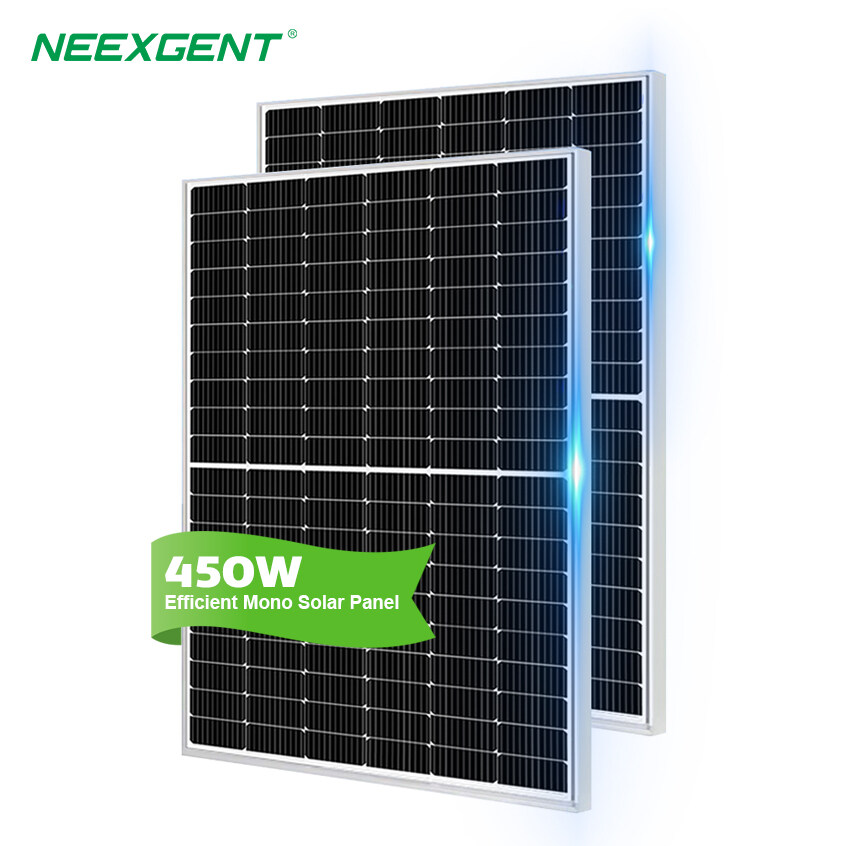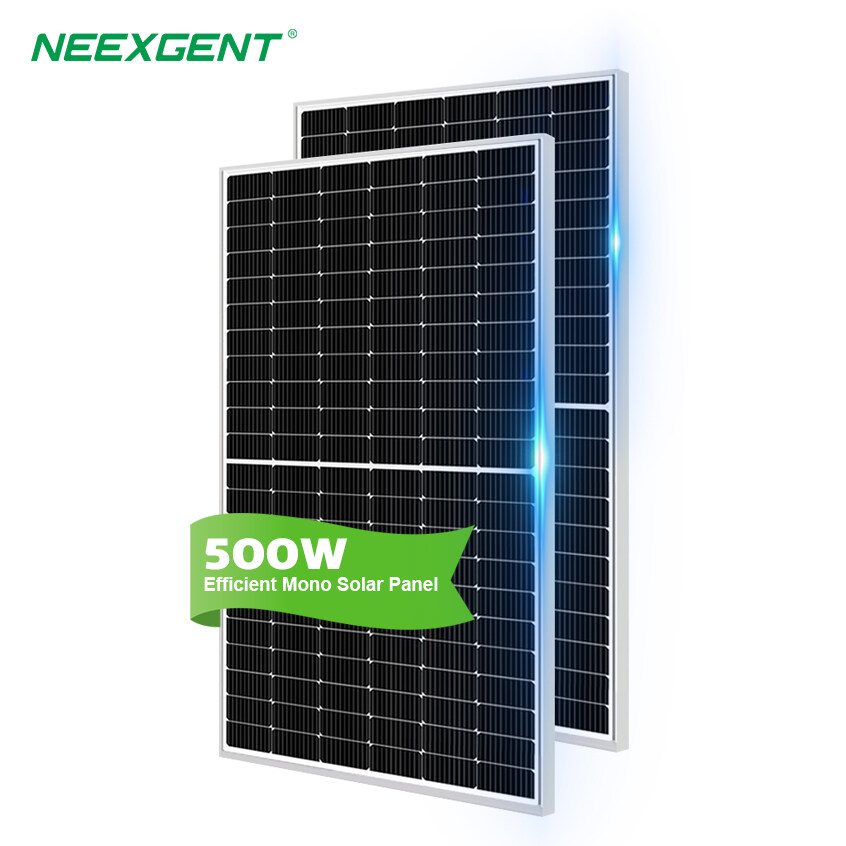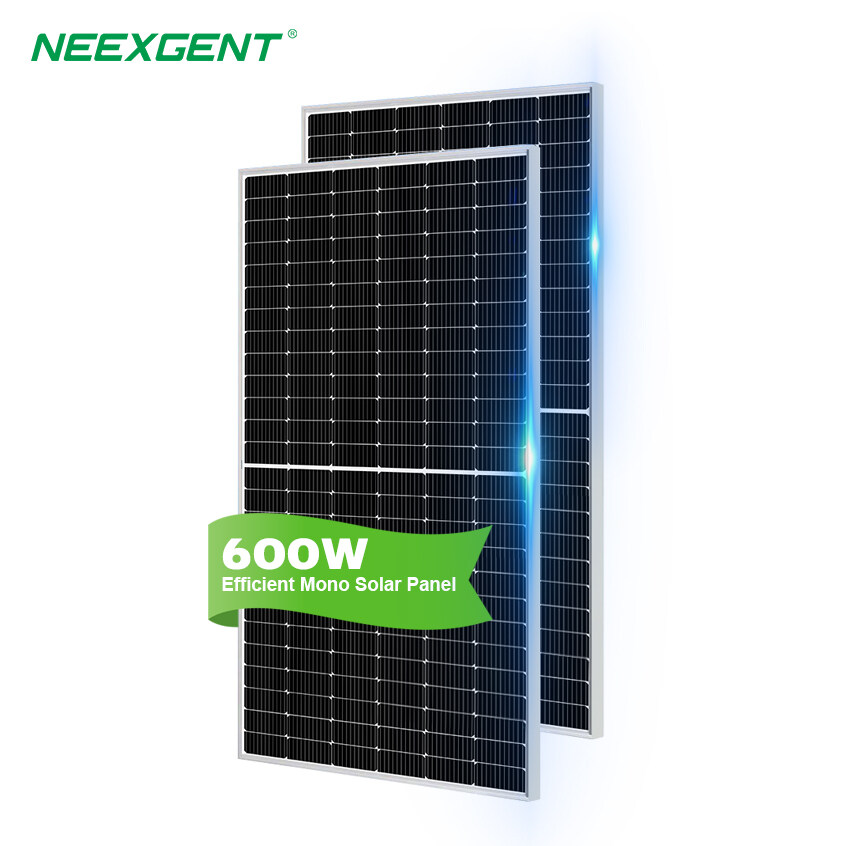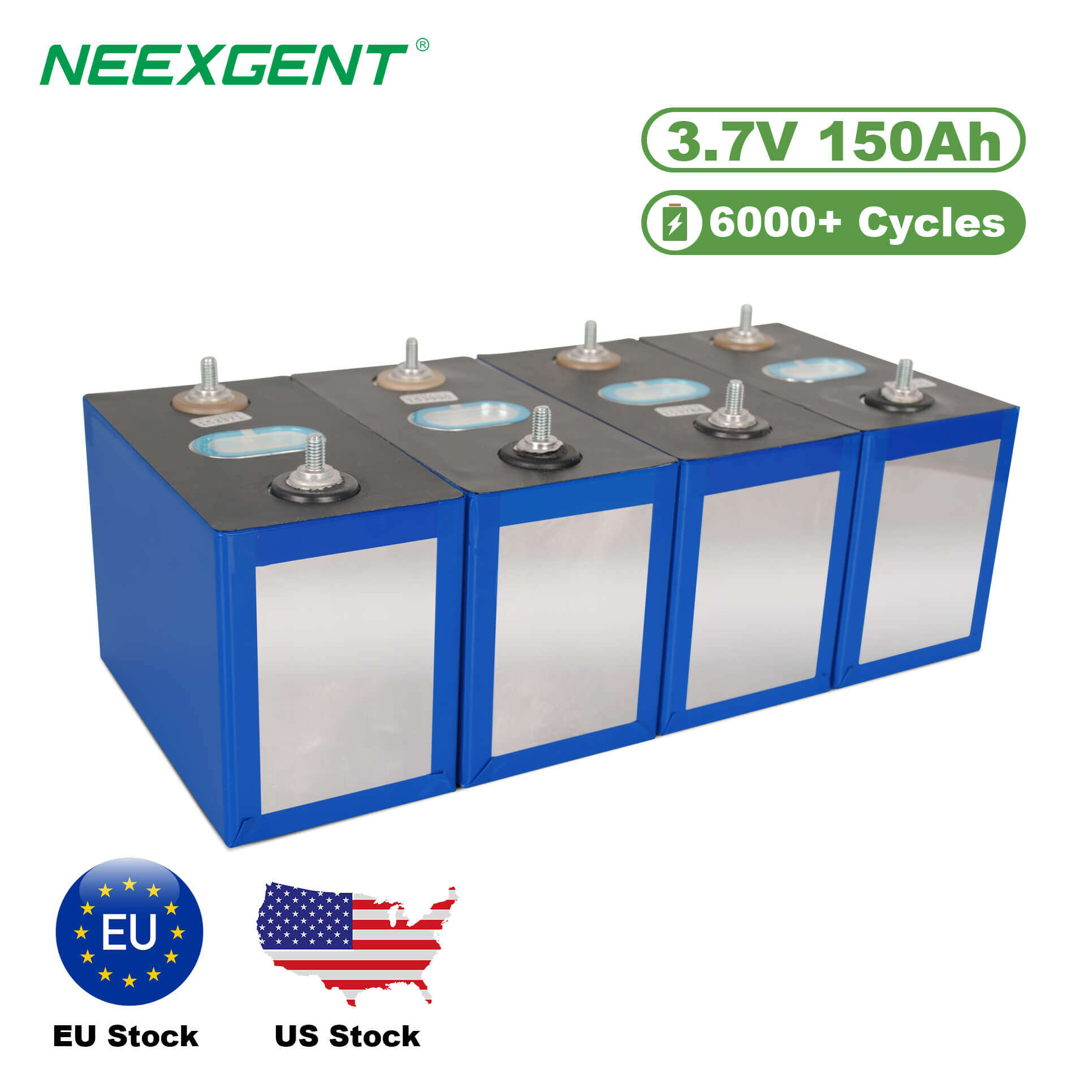Contents:
The decision to harness the sun's power is a significant step toward energy independence and sustainability. However, the effectiveness and efficiency of a solar power system hinge on more than just the quality of the panels themselves. A critical, yet often overlooked, aspect of solar array design is the wiring configuration. How individual solar panels are electrically connected to one another profoundly impacts the system's performance, its response to environmental challenges like shading, the type of equipment you can use, and the overall cost of the installation.
The two fundamental methods for connecting solar panels are in series and in parallel. This choice is not merely a technical detail for installers to ponder; it is a foundational decision that dictates the voltage and current characteristics of your entire solar array. Understanding the solar panel series vs parallel debate is essential for anyone looking to design a new system, troubleshoot an existing one, or simply maximize their return on investment. This comprehensive guide will illuminate the principles behind each wiring method, explore their distinct advantages and disadvantages, and provide the knowledge needed to determine the optimal strategy for your specific solar energy goals.
The Electrical Foundation Voltage Current and Power
Before delving into the intricacies of series and parallel connections, it's crucial to grasp the three pillars of electrical circuits: Voltage, Current, and Power.
-
Voltage (Volts, V): Think of voltage as electrical pressure. It's the potential difference that drives the electric current through a circuit. In a solar array, higher voltage allows power to be transmitted efficiently over longer distances with less energy loss.
-
Current (Amperes or Amps, A): Current is the flow rate of electricity. It represents the volume of electrons moving through the circuit. More current means more electrical charge is being delivered.
-
Power (Watts, W): Power is the rate at which electrical energy is produced or consumed. It is the product of voltage and current. The primary goal of a solar array is to maximize its power output. The relationship is simple and elegant:
Power(W)=Voltage(V)×Current(A)
Every solar panel has a specific voltage and current rating under standard test conditions (STC). The magic happens when you start connecting multiple panels, as the wiring method determines how these individual ratings combine to define the array's total output.
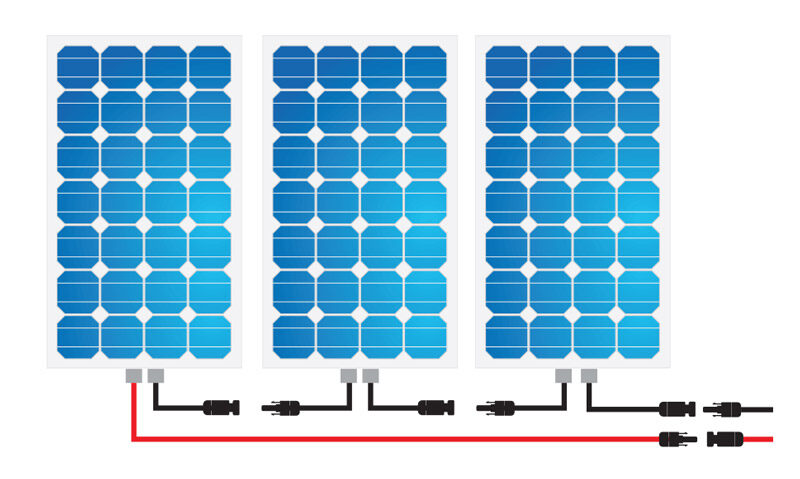
Wiring in Series The Power of High Voltage
Connecting solar panels in series is akin to stacking batteries end-to-end to power a large flashlight. In a series circuit, the positive terminal of one panel is connected to the negative terminal of the next, creating a single, continuous path for the current to flow. This "daisy-chain" configuration has a very specific and predictable effect on the system's electrical characteristics.
When you wire solar panels in series:
Let's consider an example. Suppose you have four solar panels, each rated at 40 Volts and 10 Amps.
Advantages of Series Wiring
-
Higher Efficiency Over Distance: The primary benefit of a high-voltage series circuit is the reduction of resistive losses (also known as
I2R
losses). Since power loss in a wire is proportional to the square of the current, a lower current means significantly less energy is wasted as heat while the electricity travels from the rooftop array to the inverter or charge controller. This makes series wiring ideal for installations where the panels are a considerable distance from the other system components.
-
Reduced Wire Costs: Because the current is kept low, smaller gauge (thinner) wires can be used to safely handle the electrical flow. Thinner copper wire is less expensive, which can lead to tangible cost savings, especially in larger installations with long wire runs.
-
Synergy with MPPT Charge Controllers: Most modern solar systems, especially those with batteries, use Maximum Power Point Tracking (MPPT) charge controllers. These sophisticated devices can take a high-voltage, low-current input from the solar array and efficiently convert it down to the lower voltage required to charge batteries, simultaneously boosting the current. MPPT controllers operate most effectively with a significantly higher input voltage from the solar array than the battery bank voltage, a scenario perfectly created by series wiring.
The Achilles' Heel of Series Wiring The "Weakest Link" Effect
The greatest disadvantage of a series connection is its vulnerability to production mismatch, most commonly caused by shading. Because all the panels in a string share a single current path, the entire string's performance is limited by the output of the lowest-performing panel.
Imagine the flow of current as traffic on a single-lane highway. If one car slows down, the entire line of traffic behind it is forced to slow to the same speed. Similarly, if a single panel in a series string is partially shaded by a tree branch, a chimney, or even heavy soiling from bird droppings, its current output drops dramatically. This single underperforming panel becomes a bottleneck, dragging down the current of the entire string to its own reduced level.
To mitigate this, modern solar panels are equipped with internal bypass diodes. These diodes act as an electrical detour. When a panel's output drops significantly due to shading, the bypass diode for that shaded section of the panel activates, allowing the current from the other, well-lit panels to "bypass" the underperforming section. While this is a crucial feature that prevents a catastrophic loss of power, it is not a perfect solution. The power from the bypassed section is still lost, and the overall string voltage is reduced, leading to a notable, albeit less severe, reduction in total power output.
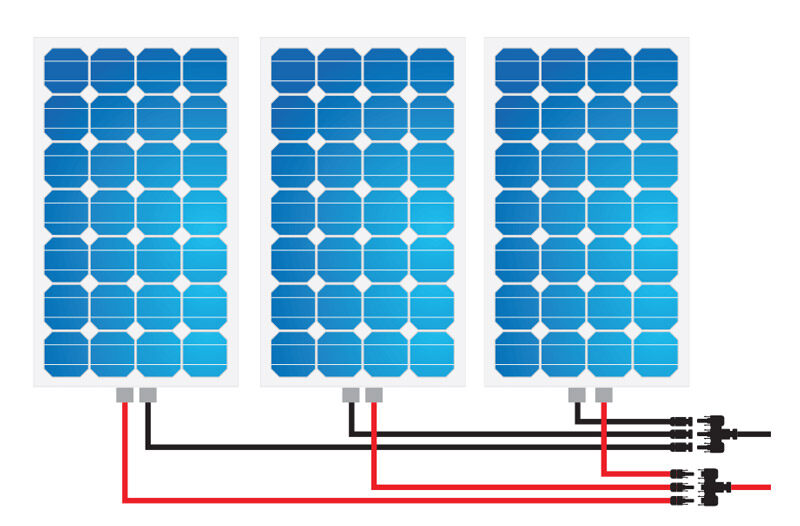
Wiring in Parallel The Power of Resilience
Parallel wiring takes a different approach. Instead of creating a single path, it creates multiple parallel paths for the current. To connect panels in parallel, all the positive terminals are connected together, and all the negative terminals are connected together. This is typically achieved using specialized hardware called branch connectors.
When you wire solar panels in parallel:
Let's use the same four panels from our previous example, each rated at 40 Volts and 10 Amps.
Advantages of Parallel Wiring
-
Superior Shade Tolerance: This is the hallmark advantage of parallel connections. Since each panel has an independent path to the point of combination, the poor performance of one panel does not affect the others. If one panel is shaded, it will produce less current, but the other panels in full sun will continue to contribute their full current output to the system. The total current is simply the sum of what each panel is producing at that moment. This makes parallel wiring an excellent choice for roofs with unavoidable, intermittent shading or for arrays where panels are installed at different orientations or tilt angles.
- Increased Reliability: The independence of the panels also improves system reliability. In a series string, a complete failure of one panel's connection could potentially break the circuit and shut down the entire string. In a parallel setup, the failure of one panel does not prevent the others from continuing to generate power.
Disadvantages of Parallel Wiring
- Higher Current and Costlier Wiring: The most significant drawback is the high current. A high-amperage system requires much thicker and more expensive cables to safely manage the increased electrical flow and minimize energy loss. This can substantially increase the overall cost of wiring the system.
- Component Requirements: Managing high currents requires additional components. A combiner box is often necessary to safely join the multiple parallel circuits. Each of these circuits must also be protected with its own fuse or circuit breaker within the combiner box to prevent a faulty panel from drawing current from the others, which could create a fire hazard.
- Lower Voltage Inefficiency: The lower system voltage can be less efficient for some components, particularly for systems with long wire runs, where resistive power loss becomes more pronounced. It may also be incompatible with certain high-voltage string inverters.
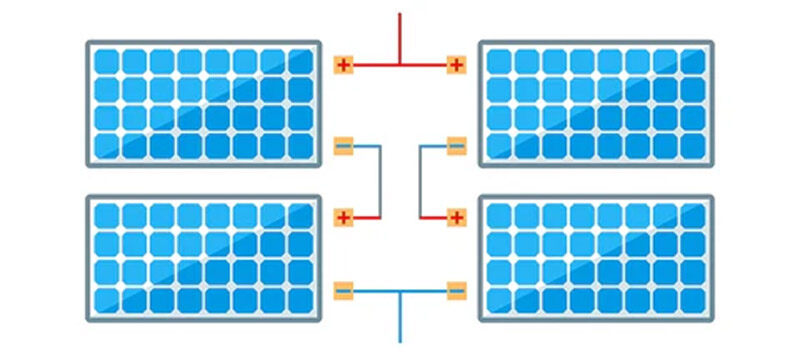
The Hybrid Approach Combination Series Parallel Wiring
For larger solar installations, it is rare to use a purely series or purely parallel design. Instead, installers employ a hybrid configuration that combines the benefits of both. In a series-parallel array, multiple strings of series-connected panels are then connected in parallel.
This strategy allows designers to build an array that meets the specific voltage and current requirements of the chosen inverter. For example, an installer might create three parallel strings, with each string containing ten panels wired in series. This allows them to achieve a high enough voltage for efficiency while also generating enough current to meet the power demand. This is the standard design for most large residential and commercial solar arrays that use a central string inverter.
The Critical Role of Inverters and System Components
The choice between series and parallel wiring is not made in a vacuum. It is intrinsically linked to the core components of the solar power system, especially the inverter.
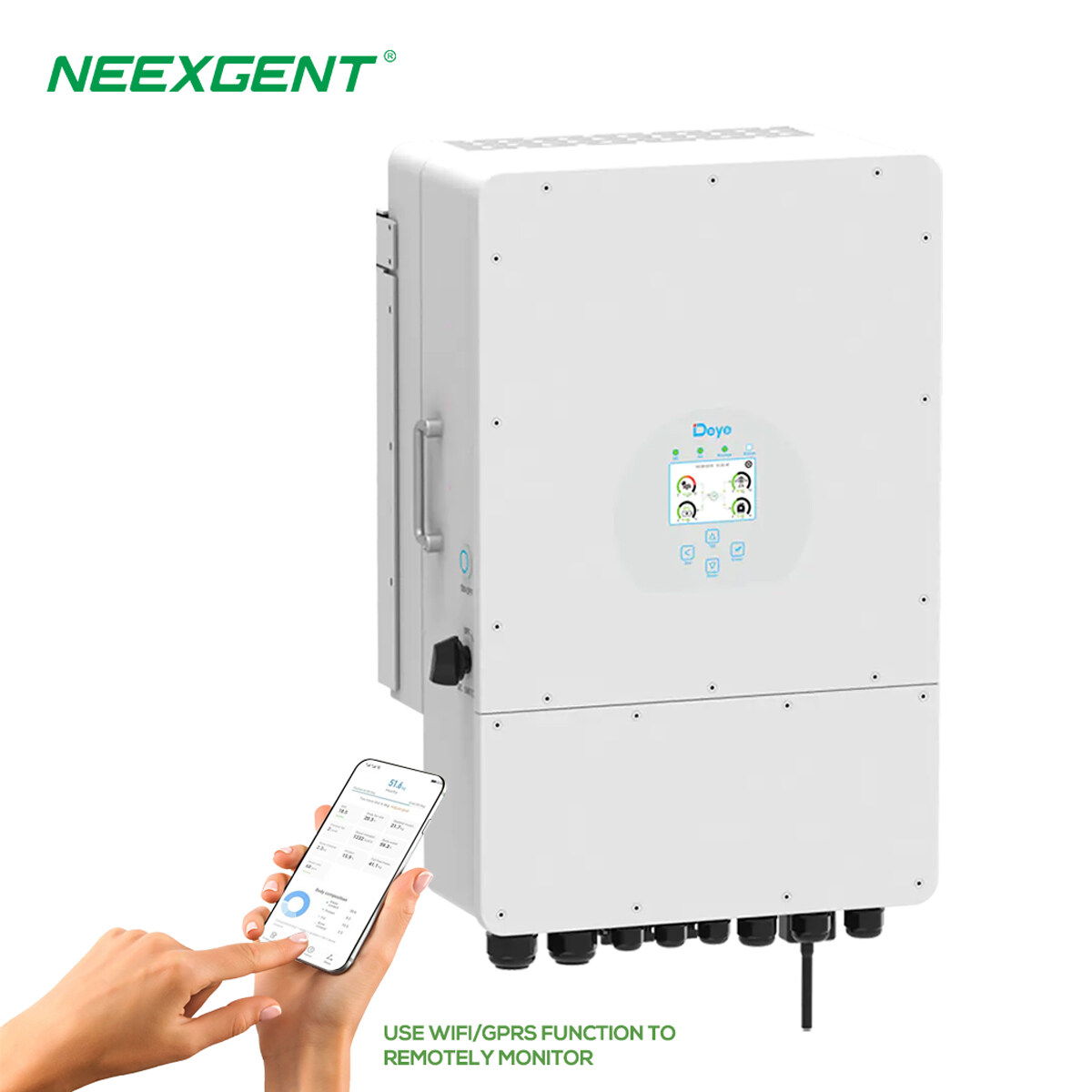
Hybrid Inverter DEYE Brand 5-12kw SUN-5K-SG04LP3-EU with WIFI
-
String Inverters: These are the most common and cost-effective type of inverter. A string inverter is a single, centralized unit that converts the DC power from a "string" (or multiple strings) of solar panels into AC power for your home. These inverters have a specific operating voltage window. The solar array must be designed with enough panels in series to meet the minimum voltage required for the inverter to turn on, but not so many that the array's maximum voltage (which increases on very cold, sunny days) exceeds the inverter's upper limit. This inherently favors series and series-parallel designs.
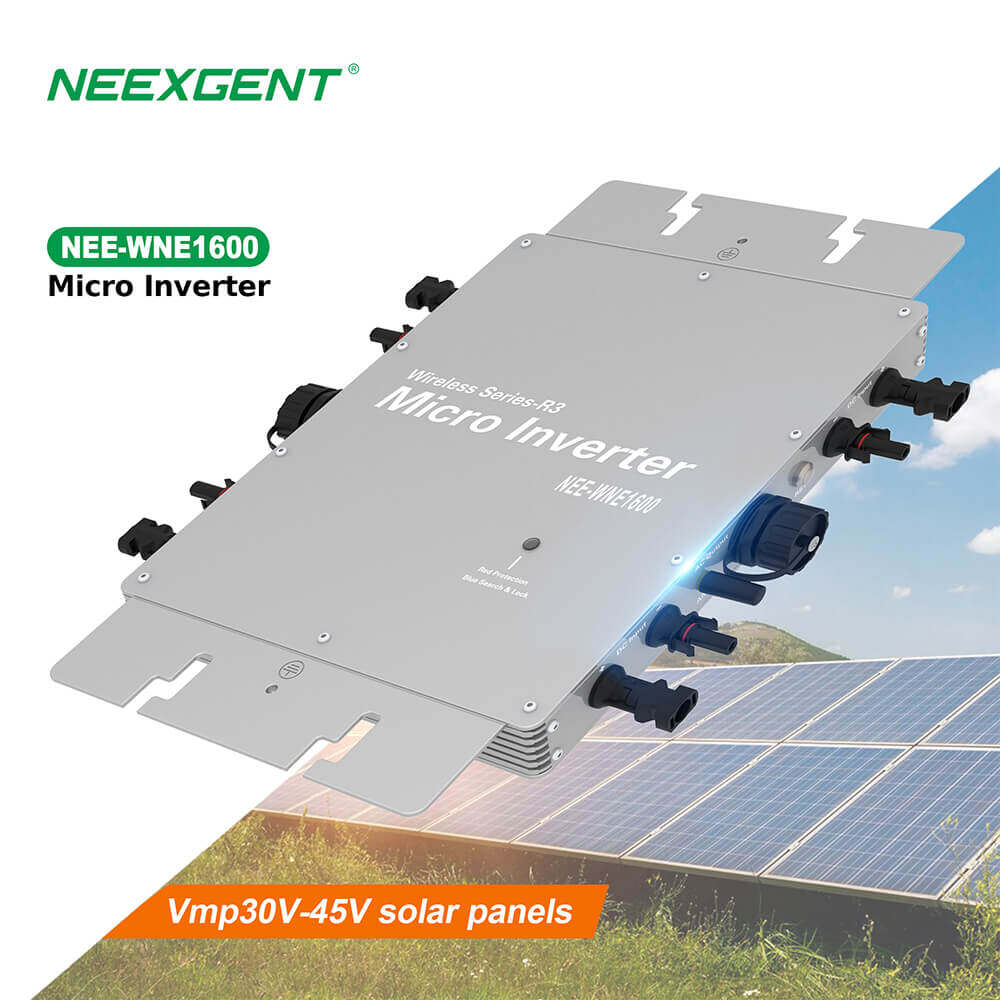
wvc 1600 micro inverter
-
Microinverters: A microinverter system takes a completely different approach. A small inverter is attached to the back of each individual solar panel. Each panel-inverter unit operates independently, converting DC to AC right at the source. The AC outputs of all the microinverters are then connected in a simple parallel circuit. This design completely eliminates the "weakest link" problem of series strings. Shading on one panel has zero effect on any other panel. In essence, a microinverter system is the ultimate parallel configuration, offering maximum power harvest and panel-level monitoring, albeit at a higher initial cost.
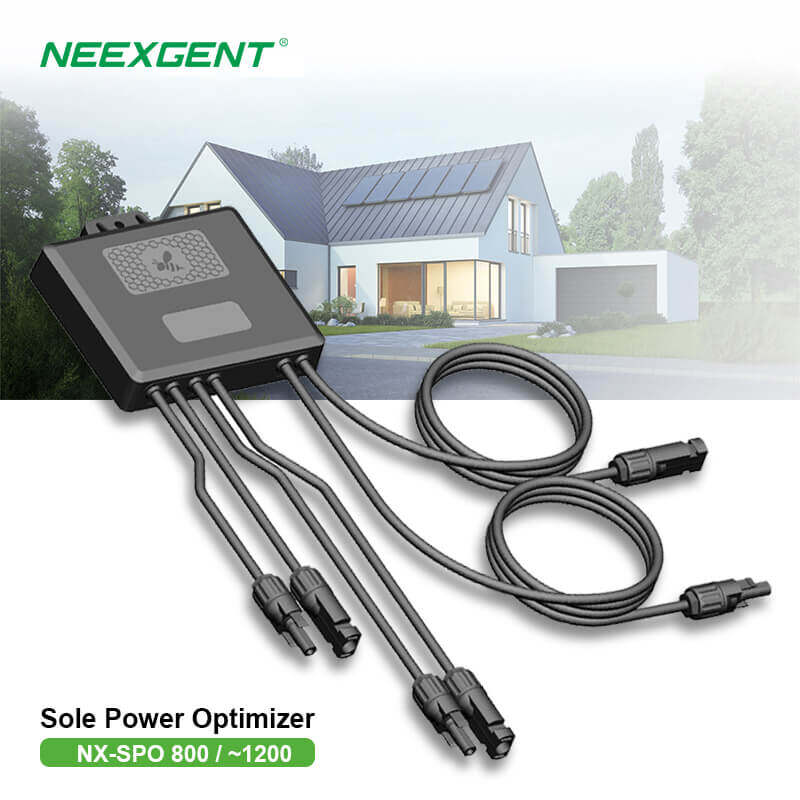
Solar Module Smart Pv Optimizer
-
Power Optimizers: Power optimizers offer a hybrid solution, combining features of both string inverters and microinverters. Like microinverters, a small optimizer is attached to each solar panel. However, these devices do not convert the power to AC. Instead, they are DC-to-DC converters that condition the electricity from each panel, adjusting the voltage and current to maximize its power output individually before sending the power to a central string inverter. This allows panels to be wired in long, efficient series strings while mitigating the power losses from shading and mismatch that would normally plague a standard series circuit.
Safety and Installation Considerations
Safety is paramount in any electrical installation. The high DC voltages generated by series-wired solar arrays can be particularly dangerous, posing a significant risk of electric shock and arc faults, which can cause fires. Modern electrical codes, such as the National Electrical Code (NEC) in the United States, mandate rapid shutdown capabilities for rooftop solar systems. This means there must be a way to quickly de-energize the high-voltage DC conductors on the roof to ensure firefighter safety in an emergency. This requirement is often met by using microinverters or power optimizers, which can shut down at the panel level.
In parallel systems, the main concern is managing the high currents. Proper overcurrent protection (fuses or breakers) for each parallel string is not just recommended; it is a critical safety requirement to prevent dangerous back-feeding and overheating conditions.
Conclusion Making the Right Choice for Your System
The solar panel series vs parallel debate does not have a single, universally correct answer. The optimal choice is a carefully considered decision based on the unique characteristics of your installation site, your performance goals, and your budget.
Choose Series Wiring if:
-
You have a large, unshaded roof area.
-
You are using a standard string inverter or an MPPT charge controller.
-
The distance between your array and inverter is significant, and you want to minimize wire costs and power loss.
Choose Parallel Wiring (or a Microinverter/Optimizer System) if:
-
Your roof has intermittent shading from trees, chimneys, or other obstructions throughout the day.
-
Your panels need to be mounted at different orientations or tilt angles.
-
You want maximum power harvest from each individual panel and detailed system monitoring.
-
You want the highest degree of safety through panel-level shutdown.
By understanding the fundamental principles of how series and parallel connections manipulate voltage and current, and by considering how this choice interacts with your system's components and your site's specific conditions, you can design a solar array that is not only powerful but also efficient, resilient, and safe for decades to come.

